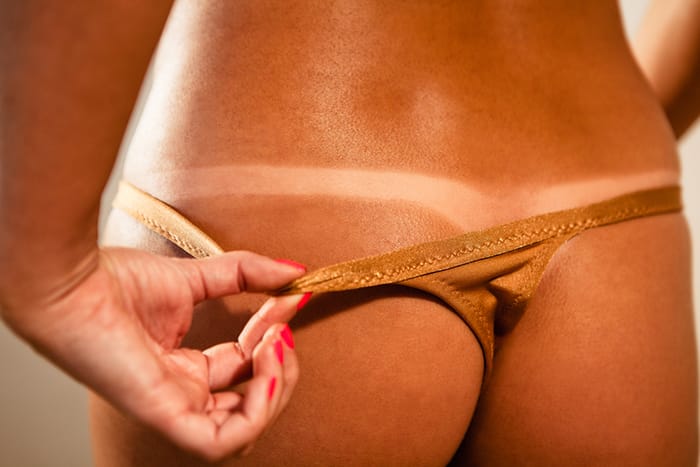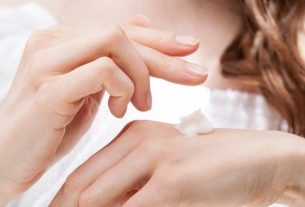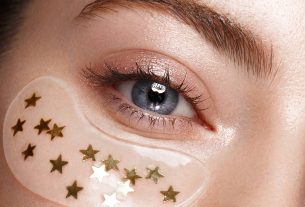Indoor tanning involves several risks. Find out why it is dangerous and know the safe ways to do it if you can’t resist a mark.
Artificial tanning, or even natural tanning, can cause problems for skin health. They can range from premature skin aging to cancer.
UVA and UVB rays penetrate deeply into the skin, reaching DNA and altering elastic and collagen fibers. Consequently, they cause wrinkles, loss of elasticity and blemishes.
Since 2009, ANVISA has banned indoor tanning cameras. These were very popular nationwide from the 90s to the early 2000s.
But why was artificial tanning on cameras banned? Even if the sessions lasted a short time (about 20 minutes), they could be highly harmful. We, at Women’s Area, have put together some risks that this type of tanning can bring and why you should opt for safer ways and get the desired mark!
Check out four risks of artificial tanning
1 – Artificial tanning can cause skin cancer
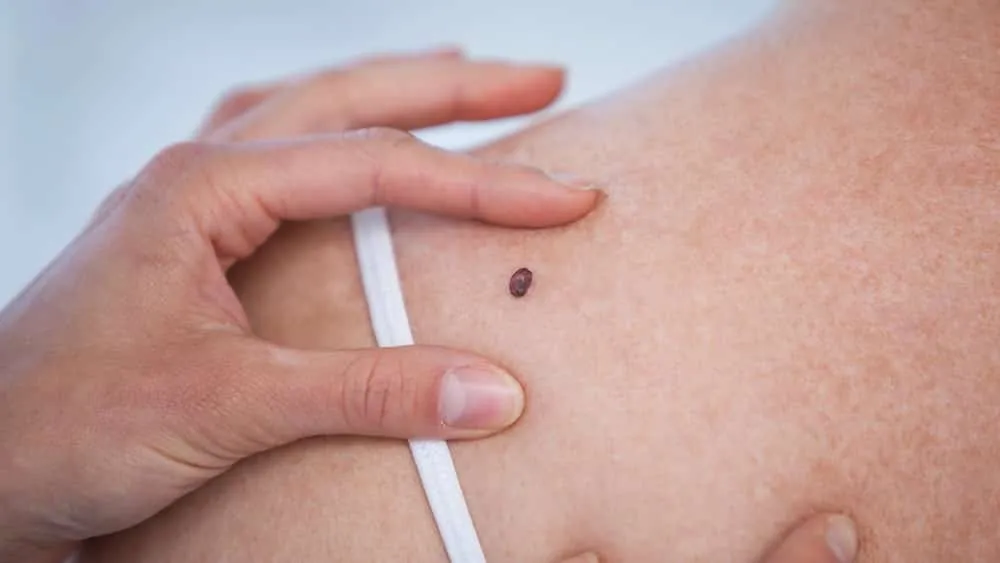
Firstly, tanning may carry risks of skin cancer. The risk is due to the presence of ultraviolet light that the equipment produces. The longer a person uses this type of tanning, the greater the chances of developing cancer. Furthermore, the first signs of skin cancer may take years to appear, including spots that change color, size or shape.
2 – Aging
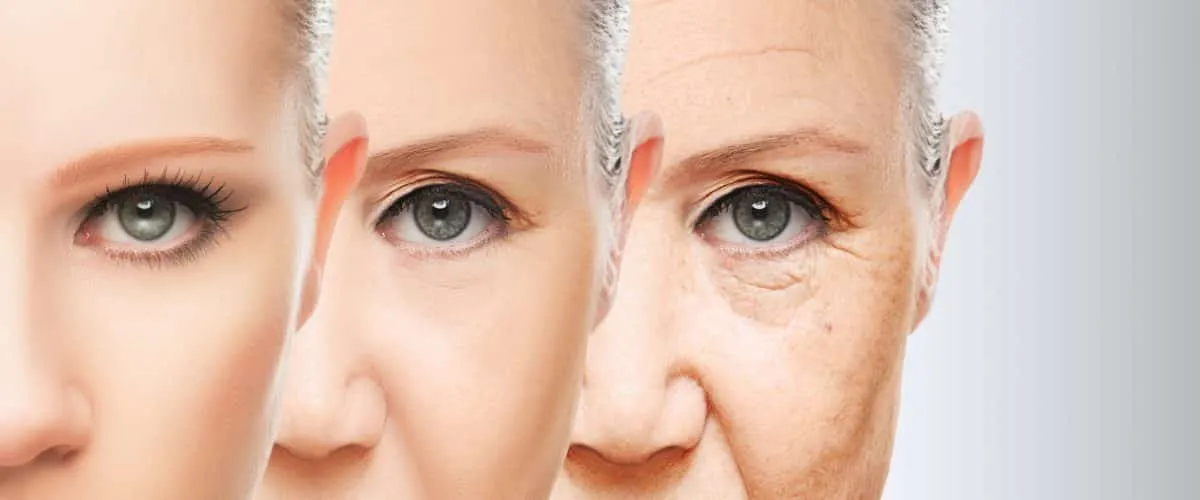
UVA rays penetrate the skin, affecting collagen and elastin fibers. Consequently, people tend to look more aged and tend to develop small dark spots on their skin. Wrinkles and expression lines intensify and leave the person looking more tired and aged.
3 – Vision problems
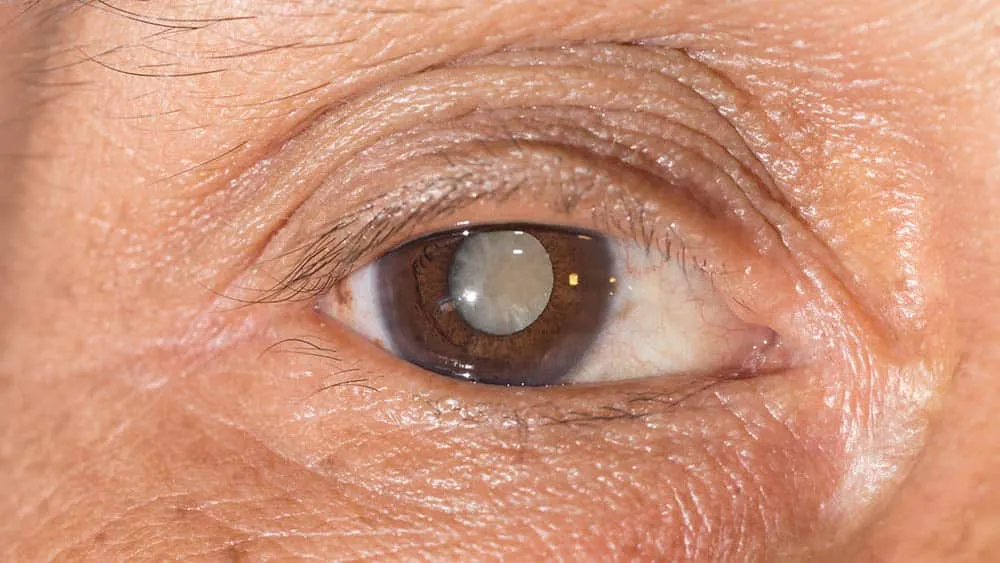
Initially, vision problems arise if the tanning session is carried out without protective glasses. Ultraviolet rays penetrate the pupil and retina causing changes such as cataracts even if the person only has their eyes closed but without protective glasses.
4 – Burns
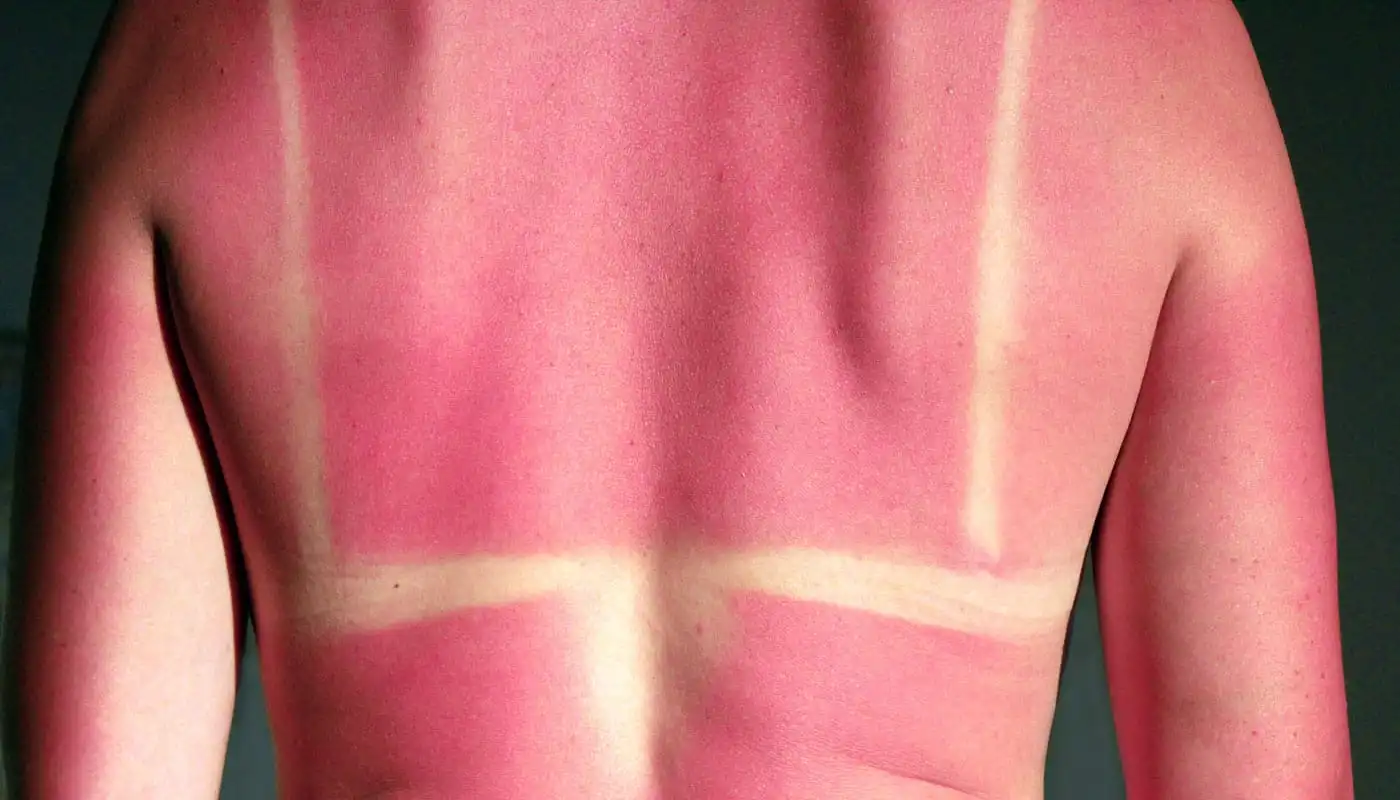
Burns happen when you spend more than 10 minutes exposed to a tanning bed. Therefore, the person may have red and burning skin as if they had been in the sun for a long time. The mark on the bikini or swim trunks is proof that the skin has been damaged.
Discover two safe ways of artificial tanning
1 – Self-tanners
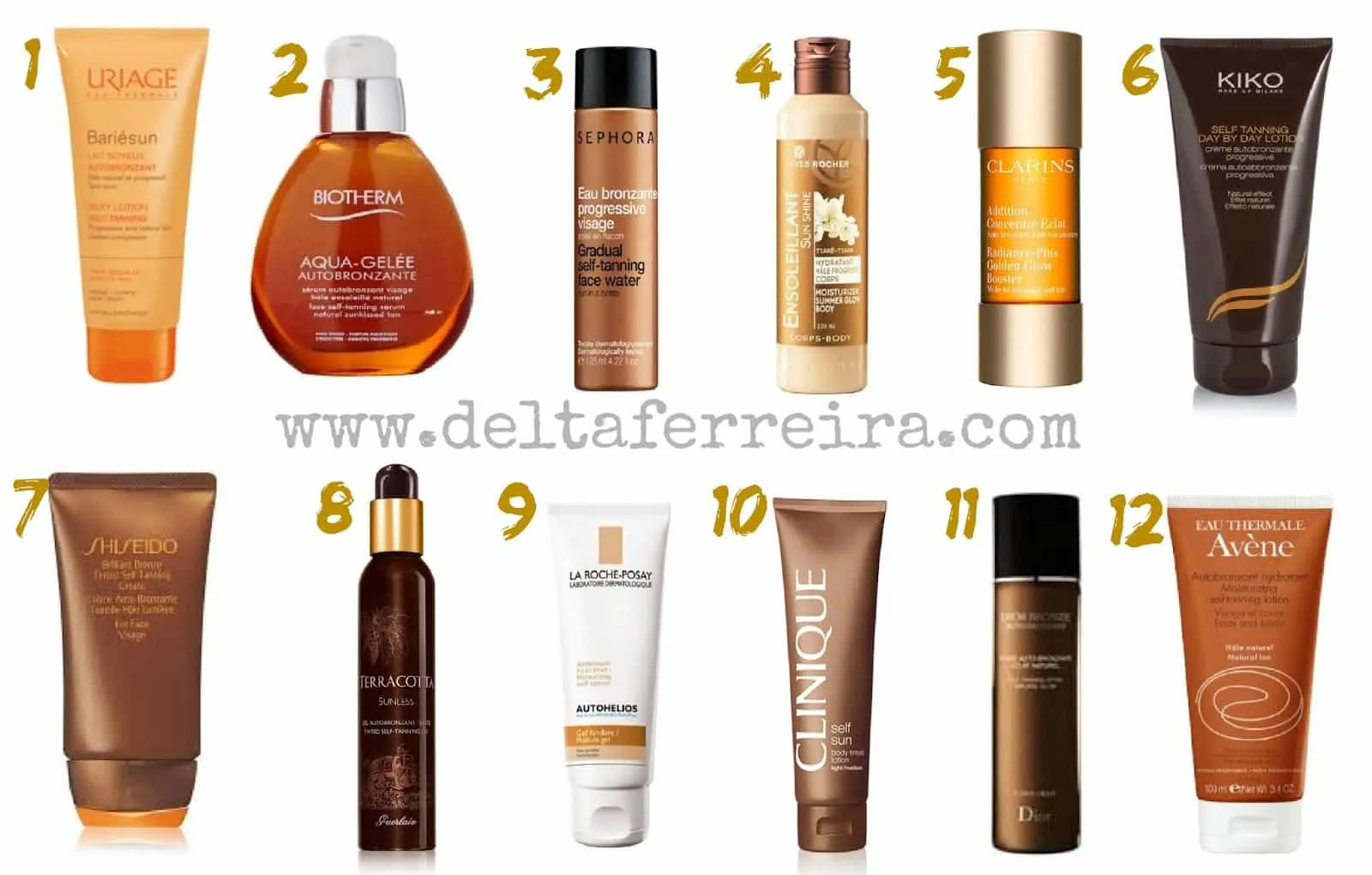
Firstly, self-tanners may be the healthiest. In cream or spray form, these products can be applied at home. In areas with thicker skin, such as elbows and knees, for example, there may be a greater accumulation of product. This is why professionals recommend exfoliation before application.
Furthermore, the biggest advantage is that it does not harm cells, as is the case with ultraviolet. Except for people who may have an allergy, this product is extremely safe. Therefore, before using, do a test to see if allergic reactions occur.
2 – Spray tanning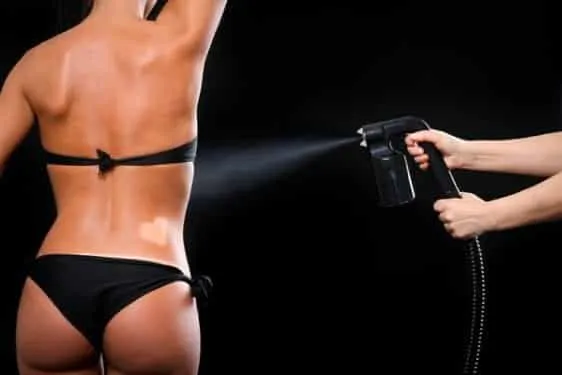
Source: HS Med There is no way to spray tan at home. A specialized professional needs to handle the device that sprays the desired color. It’s like an airbrush gun that sprays pigments onto the body. The procedure is also performed with dihydroxyacetone and the main difference is the way of application, which usually leaves a more uniform color. Furthermore, it usually lasts around 7 days.
Another advantage is that tanning can be done on any skin type. The only contraindication is hypersensitivity and people with dermatitis or other active skin diseases that the person may have. A session can last up to an hour and cost from R$50 to R$150.
Furthermore, food can also be a good ally for a natural and safe tan, which can be done at home. Therefore, eating foods such as carrots, mangoes and oranges, which are rich in carotenes, can help you get a tan faster.
In fact, as a safe form of tanning, you can sunbathe daily, at certain times when UVA and UVB rays are weaker. In other words, it is recommended that you avoid times when the sun is very hot, more or less between 11 am and 4 pm. This way, you prevent premature skin aging. But remember, always use sunscreen!
Anyway, did you like this article? Then you’ll also like this: How to make homemade self-tanner with black tea
Source: Tua Saúde A Revista da Mulher
Images: HS Med, Dr. Drauzio Varella, Family Residential, Oftalmocentro, VIX, Delta Ferreira
Featured image: This is

Sign up for our newsletter and stay up to date with exclusive news
that can transform your routine!
Warning: Undefined array key "title" in /home/storelat/public_html/wp-content/plugins/link-whisper-premium/templates/frontend/related-posts.php on line 12
Warning: Undefined array key "title_tag" in /home/storelat/public_html/wp-content/plugins/link-whisper-premium/templates/frontend/related-posts.php on line 13

